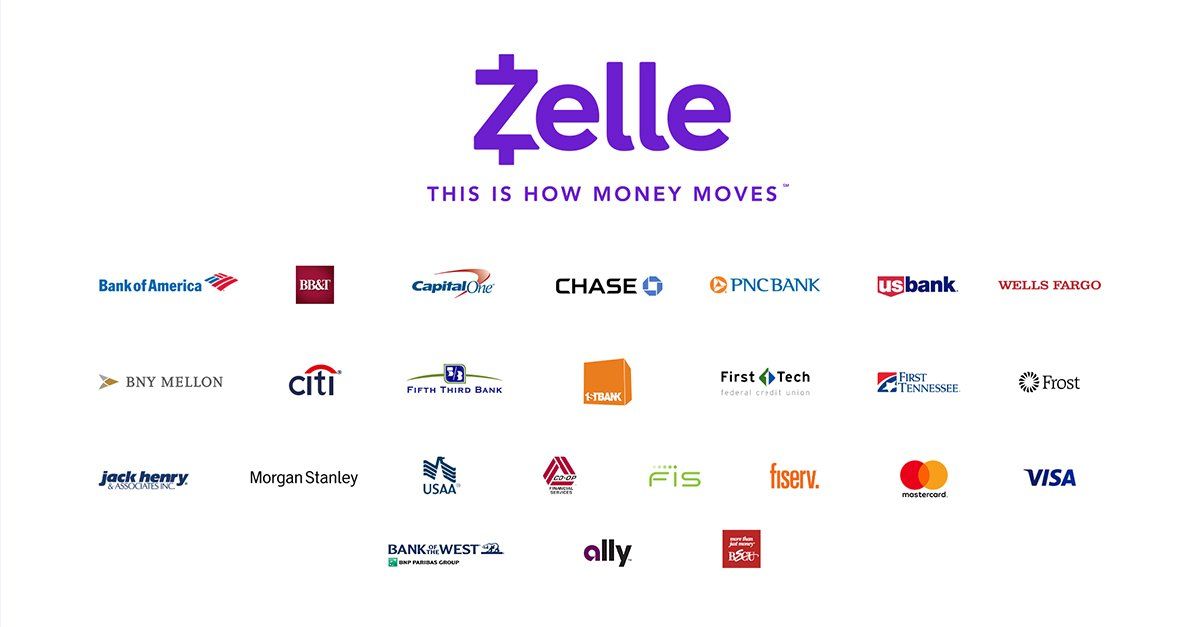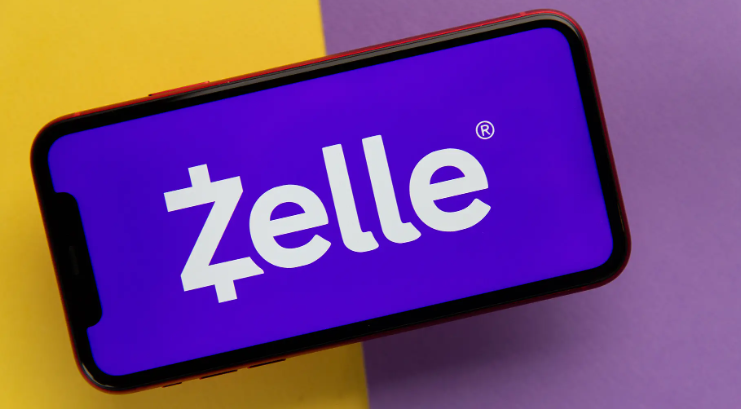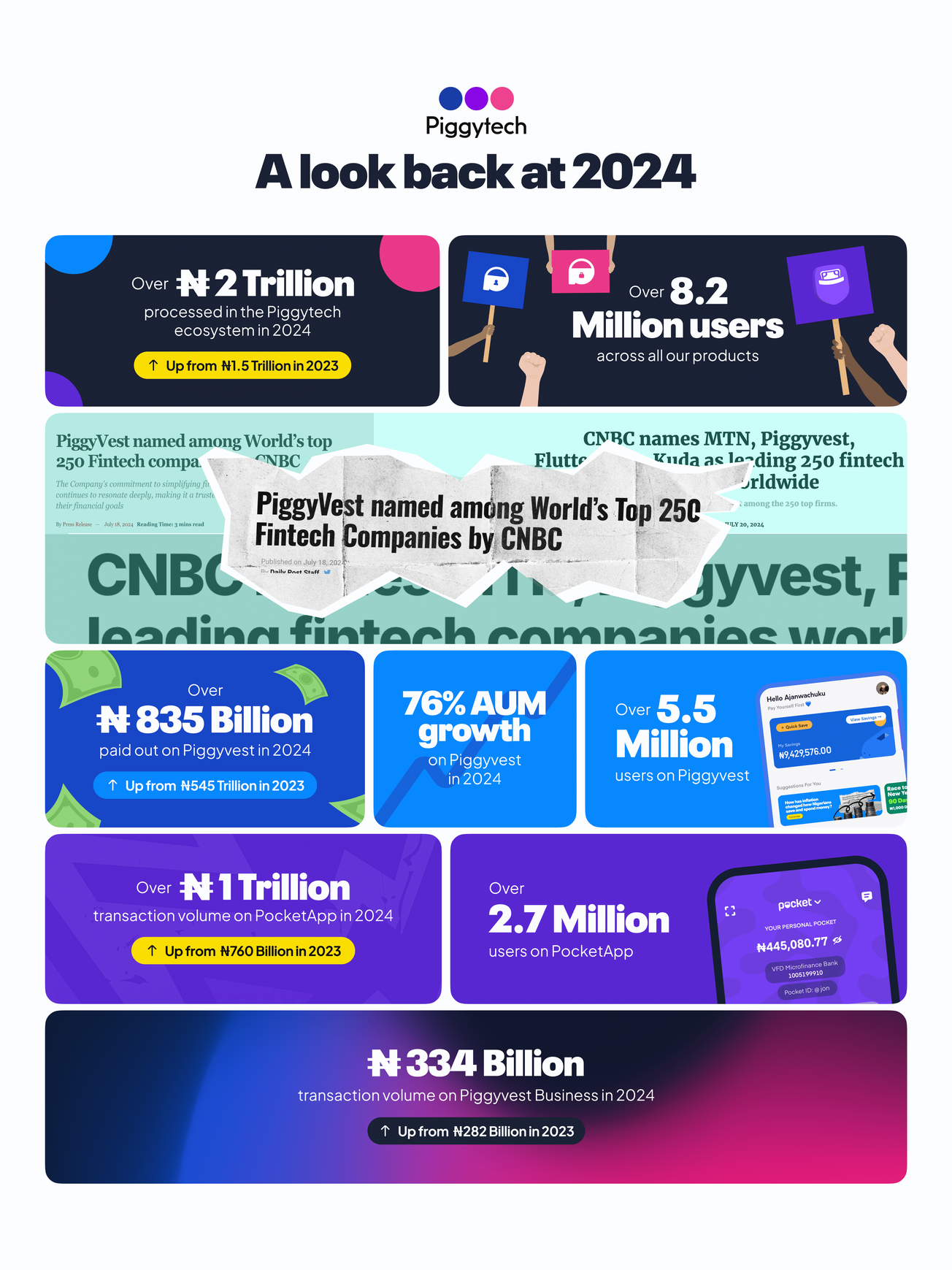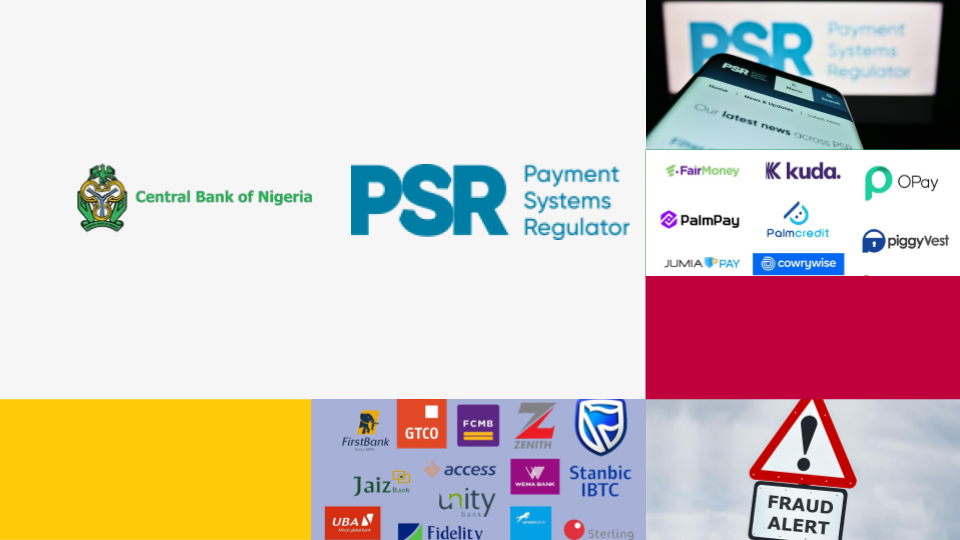Built to simplify payments in 2017, the mobile payment application Zelle is being considered by major banks in the United States as payment optional for retailers. More than 30 major banks developed the Arizona-based payment solution in the US, including Bank of America, PNC Bank, Capital One, and Truist. The ongoing deliberation, if settled, will see Zelle enter the same market space as payment big boys, Visa and MasterCard, and would seek to dominate in the payment market, especially in the US.

Zelle has processed over 1 billion payments. The company continues to rise in popularity as it offers Americans a fast and secure means to send and receive money. Furthermore, many users do not have to worry when making payments about charges or fees, as Zelle's solution is free to use. The introduction of Zelle would further drive financial inclusion. For commercial banks, it would provide a lot more control over the payment market, setting transaction fees and rules. Adopting Zelle would imply bypassing Visa and MasterCard, which currently dictate debit or credit card payments fees.
Last year, retailers in the US paid a whopping 62 billion dollars in swipe fees. It's a cost that consumers ultimately bear. If the banks choose to proceed, Zelle will become a mainstream payment alternative, becoming more of a competition than Venmo, Visa, and MasterCard.
The United States of America in focus:
Population: 329.5 million in 2020 as compared to 328.3 million in 2019
GDP: $20.94 trillion compared to $21.43 trillion in 2019
GDP per capita: $63,543 in 2020 compared to $65,279 in 2019









